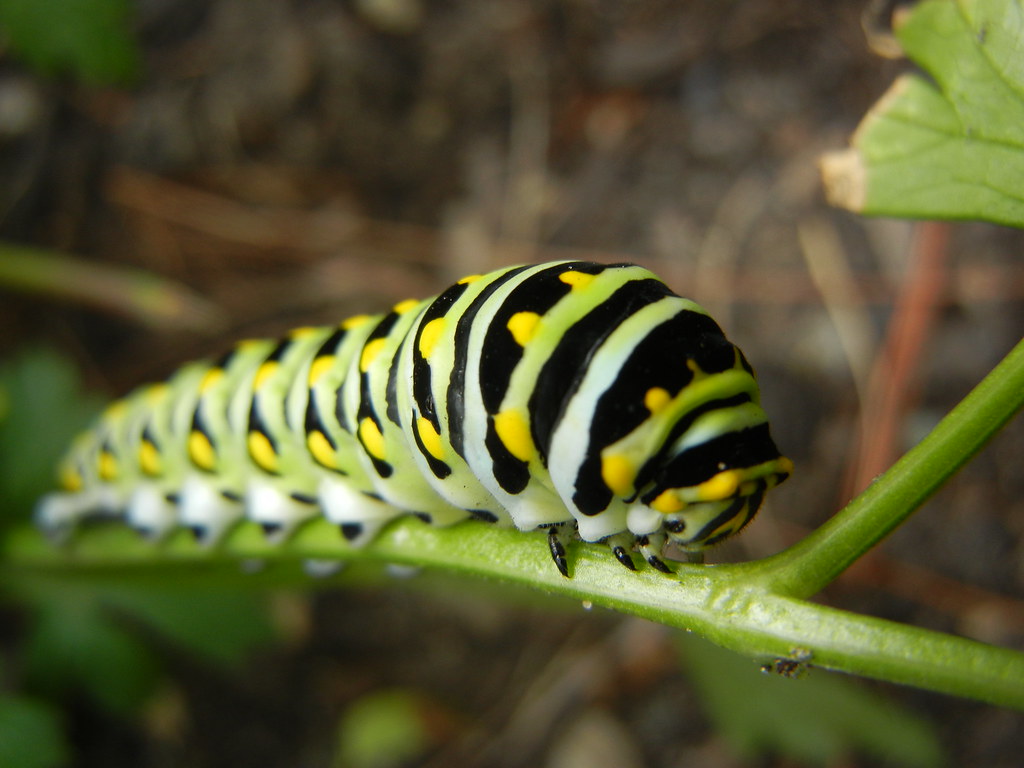10 Beautiful Butterflies and Their Ugly Duckling Caterpillars
Saturday, 19 June 2021

“There once was an ugly duckling,” goes the old song. This could not be truer of these stunning butterflies and their most peculiar caterpillars. Another opportunity to scratch your head at the vagaries of Mother Nature, take a look at this pictorial proof of butterfly beauty and caterpillar creepiness!




















